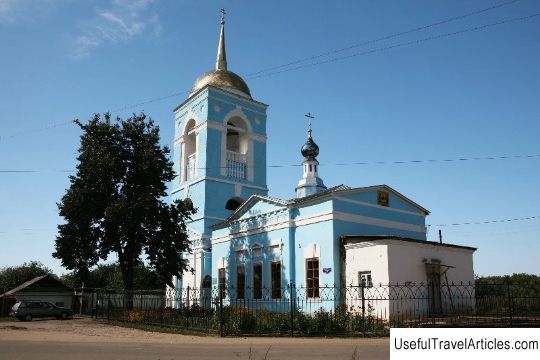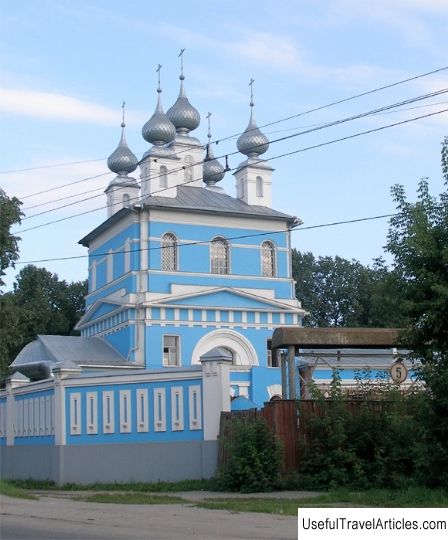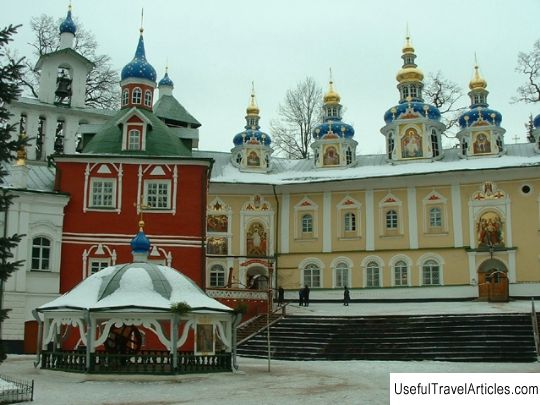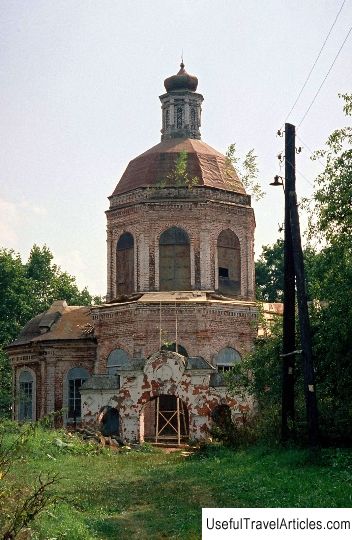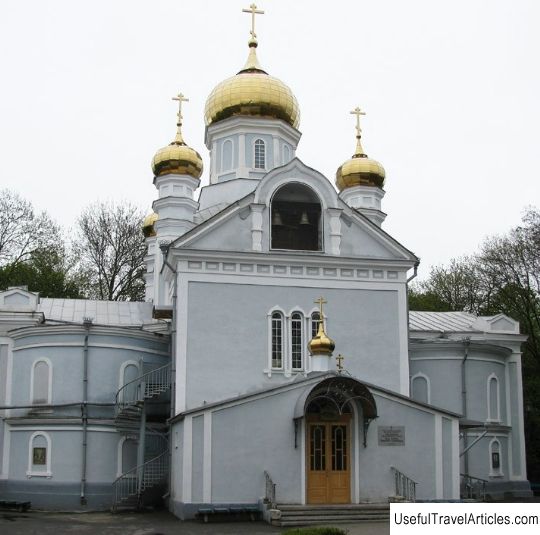Assumption Church description and photo - Russia - Golden Ring: Ivanovo
Rating: 8,5/10 (6759 votes) 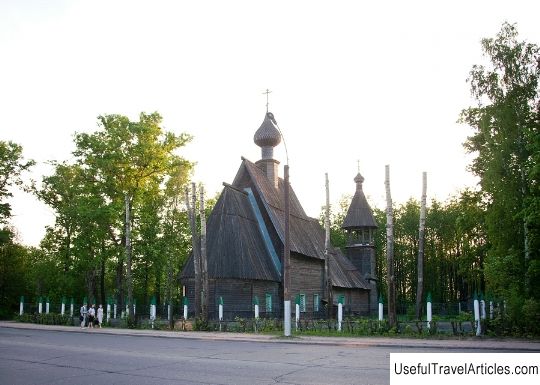
Assumption Church description and photos - Russia - Golden Ring: Ivanovo. Detailed information about the attraction. Description, photos and a map showing the nearest significant objects. Photo and descriptionThe Assumption Church was built at the turn of the 17-18 centuries. The earliest written mentions of it date back to 1851. It is known that initially it was consecrated as the Trinity Church and was in the power of the Intercession Monastery, located on the Alexander Pushkin Square that exists today. In the middle of 1815, the temple, equipped with the side-chapel of the Great Martyr Varvara, was moved to the territory of the Assumption Cemetery, previously located on the site of the modern Smirnov Street. In 1817, the church was consecrated in honor of the Dormition of the Mother of God. Over time, the church built of wood fell into decay and gradually fell into complete disrepair. At the end of 1849, the chapel of St. Barbara the Great Martyr was destroyed. The services finally ended in 1883. In 1904, at the initiative of D.G. Burylin - the founder of the city museum and a famous manufacturer - the Church of the Assumption was moved from the territory of the Assumption cemetery to the newly built Posadskoye. It is at this place that the temple stands in modern times. It was very difficult to get permission for this action, because it was necessary to deal with the archaeological society of Moscow. The temple was reconstructed, after which large-scale renovations were carried out in it, which significantly changed the external and internal appearance. A small bell tower was added to the church, the opening of which took place on January 15, 1906. The influence of the modernist style is especially noticeable in the style of the design of the bell tower, but, despite this, it goes well with the classical ancient church. At the end of 1906, a parish school was established at the church in a building built of wood, opened in tribute to the memory of the Manifesto of October 17, 1905. Since the mid-1920s, the Church of the Assumption began to belong to the Renovationist community. On May 11, 1946, the temple passed into the hands of the Old Believers, who decided to consecrate the temple in honor of the icon of Our Lady of Kazan. The inherent interior decoration of the temple began to be rebuilt; the iconostasis was brought from Shuya, namely from the once closed Old Believer church. Numerous parishioners donated a large number of icons for the renovated church. In the early 1990s, the Assumption Church was in the possession of the Ivanovo-Kineshma diocese. Many years later, namely in 2007, she returned to the Old Believer community. If we judge about the church from the point of view of architectural perception, then it belongs to the Kletsk type and is extremely simple in terms of its plan. As you know, there are many types of churches built of wood, but the Assumption Church is closest to the type of residential buildings. It has two crossings, which were equipped with particularly important alterations, which significantly changed the appearance of the temple. From the moment of its formation, the structure of the church building included: the central quadrangle, the altar located on the east side, and the western side-altar. All these components had a rectangular shape, shown on the plan, and were covered by straight-sloping steep roofs, after which they were combined using an open gallery. The roof part of the central gallery is crowned with a small pointed dome. After some time, the gallery was lost. A little later, a new side-chapel was built, located on the west side, as well as the bell tower and the passage to it. Clear, that the original details such as window and door openings, ceiling and floors have not survived to our time. As for the original interior, it has not survived either. According to the very first project, all the existing interiors were divided among themselves by means of walls, but today they are combined into a common spacious transept. Today you can also see the old plowshares of the large dome located in the lower part. An impressive collection of ancient icons remained in the interior of the church, and many of them are much older than the building of the Assumption Church. Numerous holy icons of the temple are in the iconostasis, although a small number of them are hung on the walls. This collection was initiated by D.G. Burylin.           We also recommend reading Vinagora description and photos - Croatia: Krapina Topic: Assumption Church description and photo - Russia - Golden Ring: Ivanovo. |
